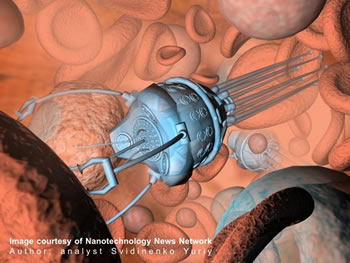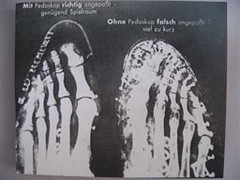I haven’t had a chance to see the Hunterian Museum in Glasgow yet. But Øystein Horgmo (The Sterile Eye) has just written an enthusiastic comment on their permanent exhibition, ‘A Healing Passion‘, which is based on William Hunter‘s big anatomical and pathological collections.
Like myself, Øystein has no patience for long texts in museums:
This exhibition however, is visual all the way through. They have made a selection of items and use them as a physical basis for a bigger picture, and not the other way around. As a visitor you first see the item on display, for example Joseph Lister’s famous carbolic spray, and then have to actively push a button to get the story of antisepsis. The interesting item itself motivated you to seek more information. I liked that.
I will probably like it too when I see it. There are many good reasons for putting the artefacts in the focus of attention, instead of using them to illustrate some general principles (like illustrations in a book). To let the text follow the artefacts, like in an art exhibition, not the other way around. (The catalogue can be in reverse mode, though).
I think of this as ‘museological empiricism’ and as a wholesome antidote to The New Museology of the 1990s (see Peter Vergo, ed., The New Museology, 1989), which emerged as a critique of the former naïve empiricist tradition among collection curators. I call it ‘museological empiricism’ in order to emphasise that it is not a reversal to the old curatorial empirical tradition, but an empiricism that incorporates and transcends the narrativising hegemony of The New Museology.
Adam, Camilla and I are writing a paper together on this topic right now — keep an eye on upcoming posts the next couple of months.
I say “I will probably like it”, because I don’t know if the intention behind ‘A Healing Passion’ is deliberately post-New Museology, or if it’s just a relapse into the old school curatorial empiricism. Øystein doesn’t comment on this.
See Øystein’s post for photos and a fuller description of the Hunterian Museum (not to be confused with the Hunterian Museum in London).


 The number of conferences of potential interest for medical museologists and historians of contemporary medicine is increasing.
The number of conferences of potential interest for medical museologists and historians of contemporary medicine is increasing. History of the vision of the future for robots
History of the vision of the future for robots
 Imaging technology in museums is not just about sublime high-tech artefacts to be admired by the esoteric few. As
Imaging technology in museums is not just about sublime high-tech artefacts to be admired by the esoteric few. As 
 As the awareness of radiation risks grew (see
As the awareness of radiation risks grew (see